Nationally Vulnerable coral broom has appeared in Enys Reserve following the recent removal of hares, probably germinating from seeds buried in the soil for decades.
Hares, coral broom and long-lived seeds
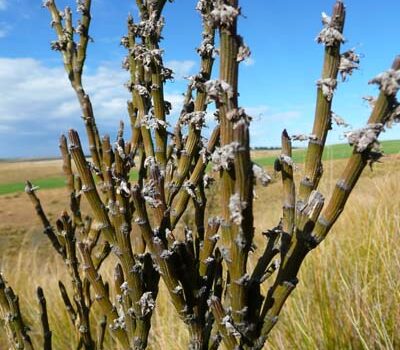

Nationally Vulnerable coral broom has appeared in Enys Reserve following the recent removal of hares, probably germinating from seeds buried in the soil for decades.
Moa’s Ark Research Principal Ecologist Dr Debra Wotton and her colleagues at University of Canterbury recently completed research on conservation genetics of the endangered shrub Veronica armstrongii (Armstrong’s whipcord hebe). The project was a collaborative effort, with genetic analyses carried
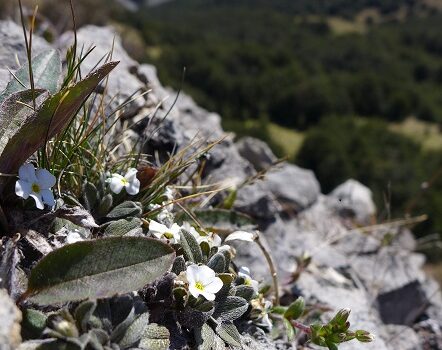
Moa’s Ark Research Principal Ecologist Dr Debra Wotton and University of Canterbury PhD candidate Jane Gosden recently made the exciting and unexpected discovery of a previously unknown population of the Nationally Critical Castle Hill forget-me-not.
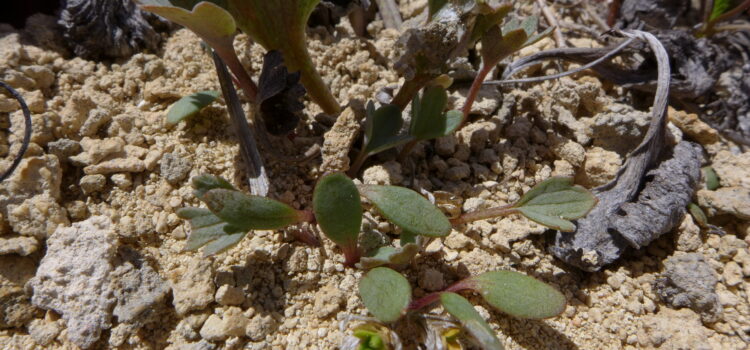
Moa’s Ark Research Principal Ecologist Dr Debra Wotton recently discovered seedlings of the Critically Endangered Castle Hill buttercup, seen for the first time in nearly half a century.
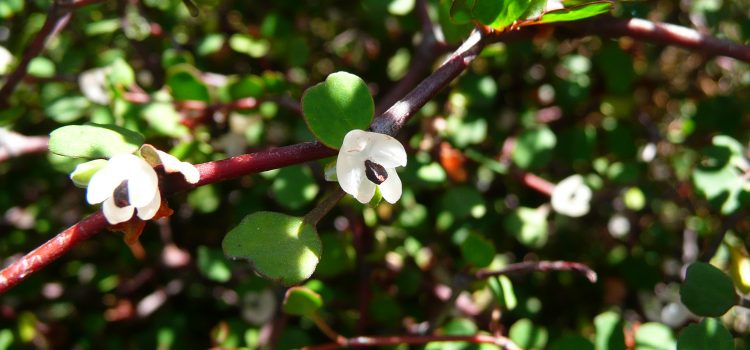
Seeds of the nationally endangered shrubby tororaro are surprisingly long-lived, research by Moa’s Ark Research ecologist Dr Debra Wotton shows.
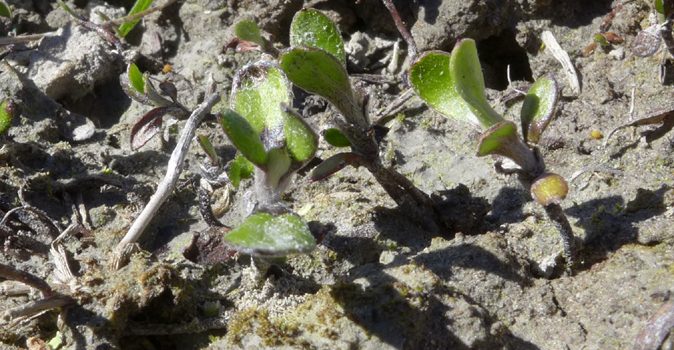
Debra Wotton’s work on the critically endangered dry plains shrub daisy hit the headlines across New Zealand yesterday.